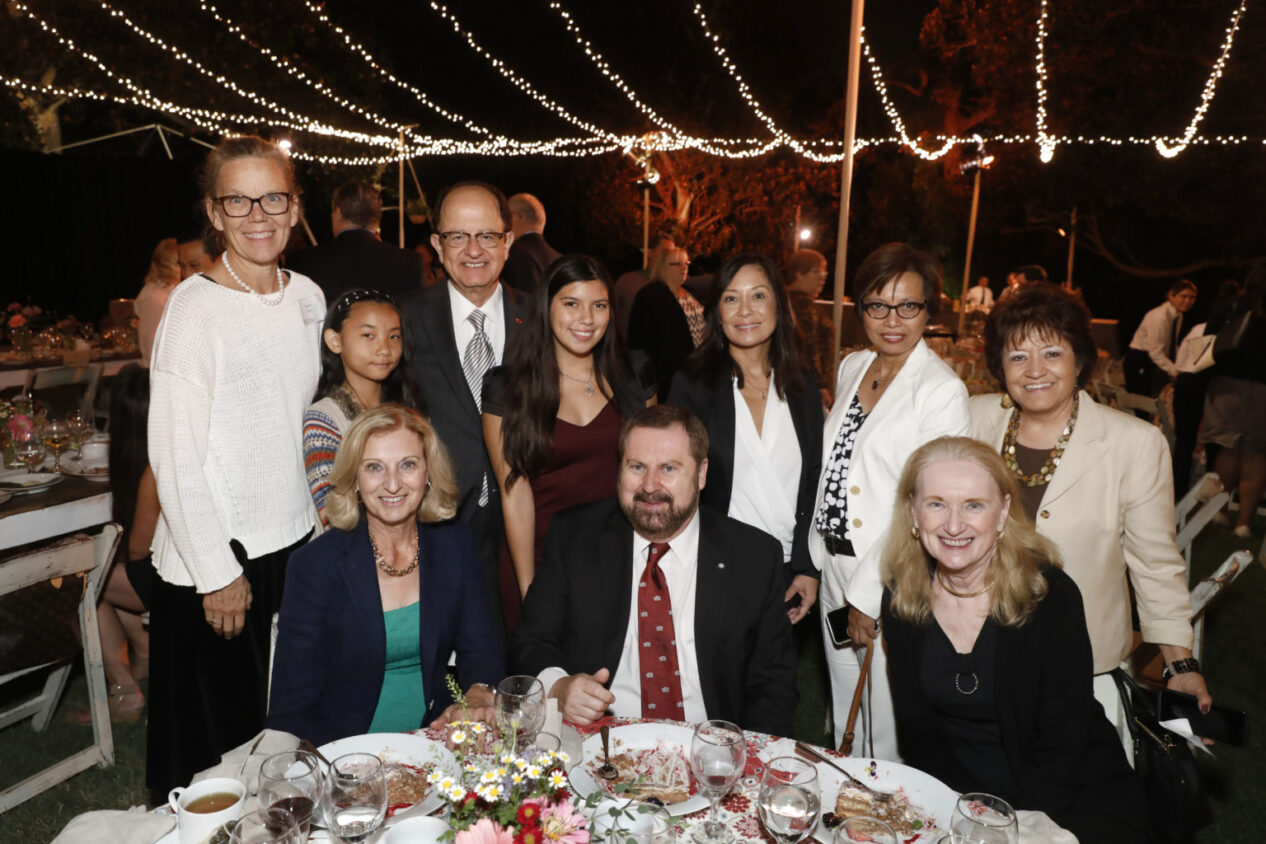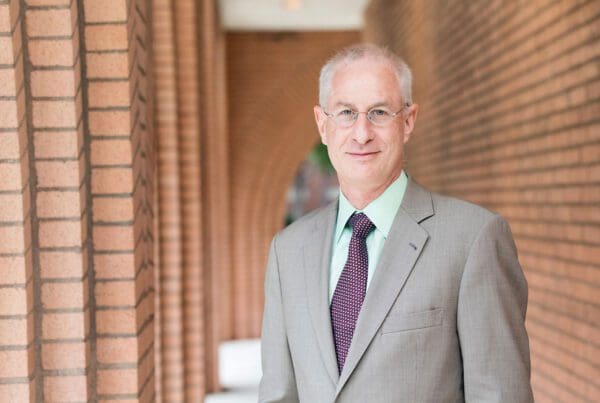Learn about the launch of this still-thriving partnership bringing high school students to USC labs
In 1982, high school student Mary Ann Morato spent her afternoons separating red and white blood cells in a centrifuge as she led science experiments on Vitamin C’s effects on blood cells in the lab of Kelvin Davies—currently the vice dean at the USC Leonard Davis School of Gerontology—who was then an assistant professor in USC’s Institute for Toxicology and School of Medicine.
This first pairing of a high school student with a USC faculty member went so well that Davies sought to expand the pilot project by requesting that Morato’s Lincoln High School teacher, Dorothy Moote, send him more students like Mary Ann.
Moote, along with fellow teacher and magnet coordinator Rosa Maria Hernandez, found more students, and Davies enlisted additional USC professors. The trio also worked with USC and Los Angeles Unified School District administrators to formalize the program. Davies named it STAR (for Student Tutoring and Research) and got NIH funding to help support it. By 1990, more than 25 students were taking part. The program continued to grow, particularly after the Bravo Medical Magnet opened near the USC Health Sciences campus. Hernandez was the first principal and Davies was honored to speak at the school’s first commencement.
A Lasting Legacy
Today the STAR program, which now stands for Science, Technology and Research, has provided more than 800 students the opportunity to conduct hands-on research at USC. Each graduate of the program has gone on to college, and 97 percent received a scholarship. Some have become successful scientists themselves; alumna Jenny Martinez is an assistant clinical professor at the USC Chan Division of Occupational Science and Occupational Therapy.
“STAR’s tremendous success can be traced to its humble beginnings,” said USC President C. L. Max Nikias at the recent Good Neighbors Campaign dinner, where Davies and Morato, Moote and Hernandez were honored as pioneers of the program.
“Part of the driving force was to reach out and try to help young people who had not yet made choices to help them see that they could do this,” said Davies, who spent time as a high school science teacher himself before pursuing his career in academia.
Beyond learning how to conduct research, Morato, now a management analyst for LA County, said she also gained lessons in perseverance that shaped her professional and personal path since then.
“Dr. Davies’ mentorship helped me focus my future and taught me how to set and achieve goals that I may not have set for myself,” she said.
The STEM-focused program, which recently merged with the USC Viterbi School of Engineering’s Engineering for Health Academy (EHA) is funded by the USC Good Neighbors Campaign and provides a pathway for students, particularly underrepresented minorities, to pursue careers in life sciences, biomedical engineering and biotechnology. The program, now run by Daryl Davies (no relation) of the USC School of Pharmacy, remains an integral part of the Francisco Bravo Medical Magnet curriculum. Students currently work in labs in the USC School of Pharmacy, Keck School of Medicine, Herman Ostrow School of Dentistry and Viterbi School of Engineering.
“This grew into something much more than I ever expected,” said Kelvin Davies. “It is gratifying to see that what we started so long ago continues to make a difference for students today.”
Above (left to right): Nancy May Perry and Katy May Perry, daughter and granddaughter of Dorothy Moote; USC First Lady Niki Nikias; USC President C. L. Max Nikias; Yesenia Alvarez; USC Leonard Davis Vice Dean Kelvin Davies; Myla Modina Perez; Mary Ann Morato; Joanna Davies; Rosa Maria Hernandez (photo by Steve Cohn).





